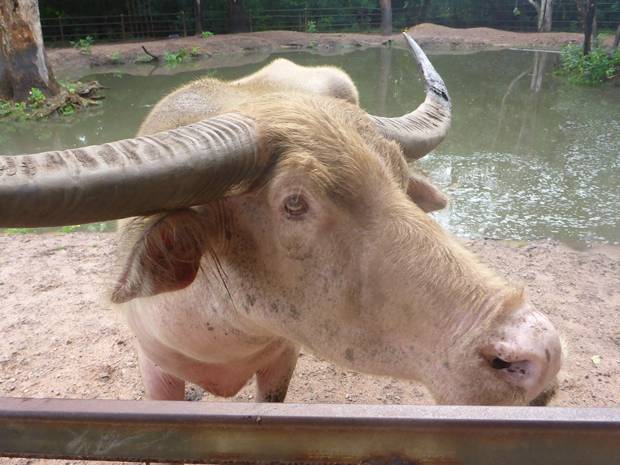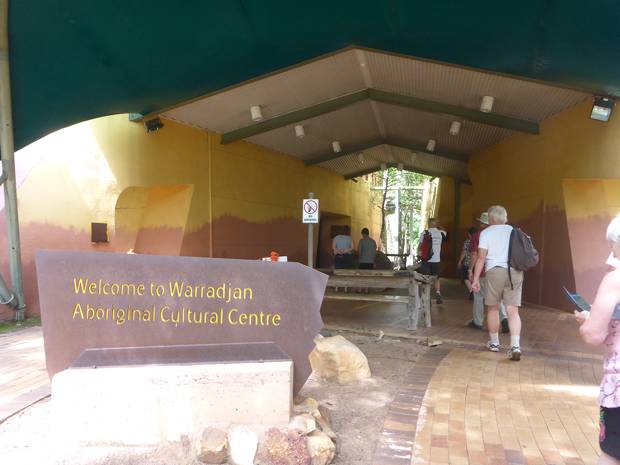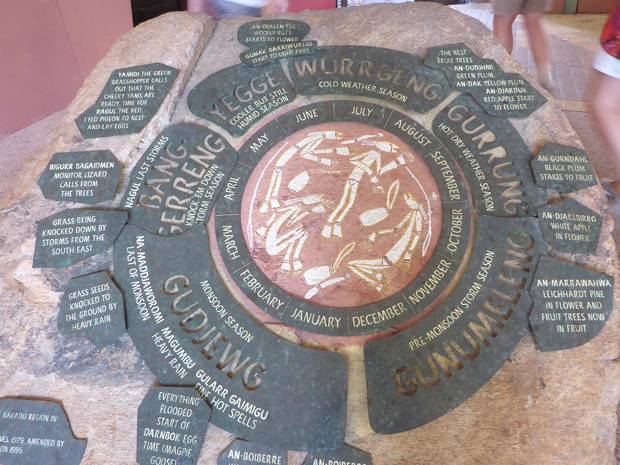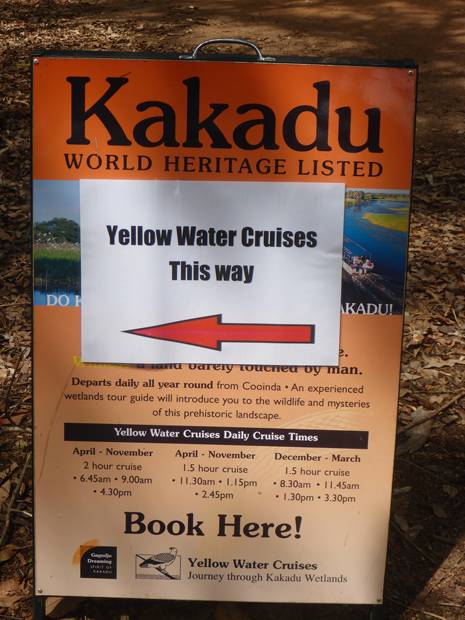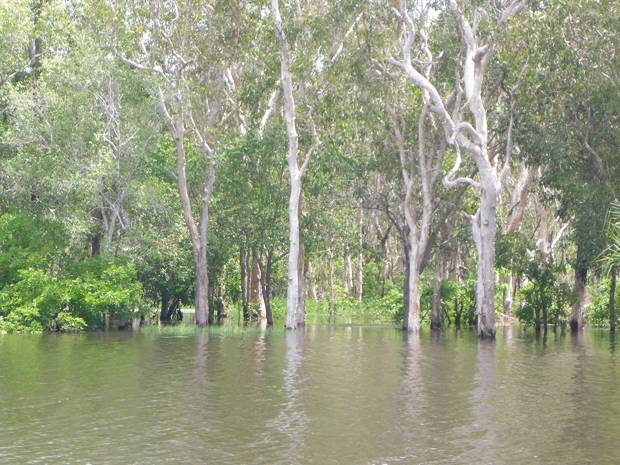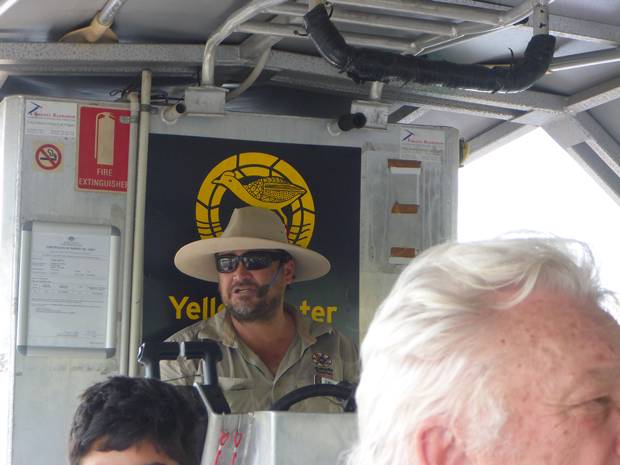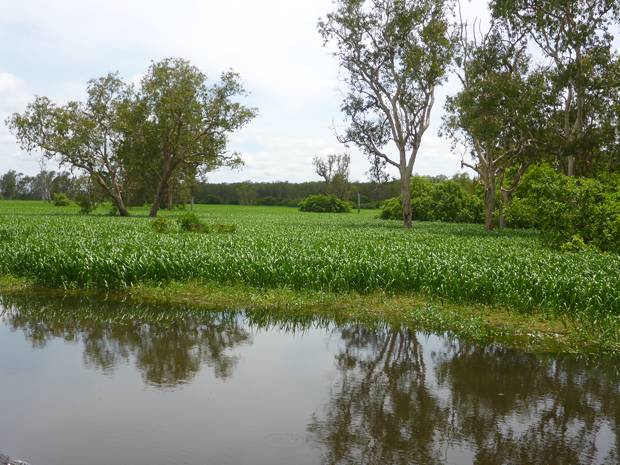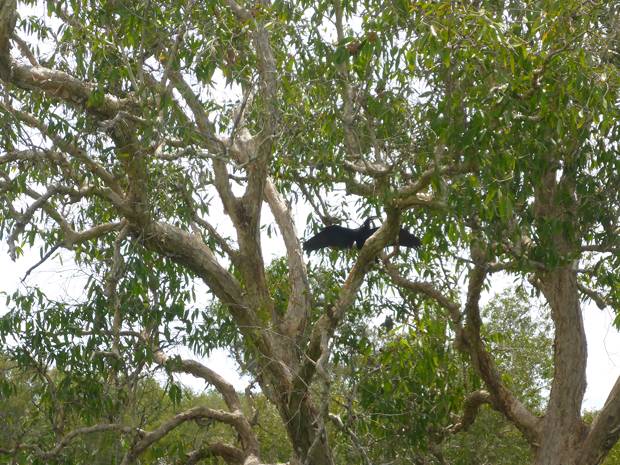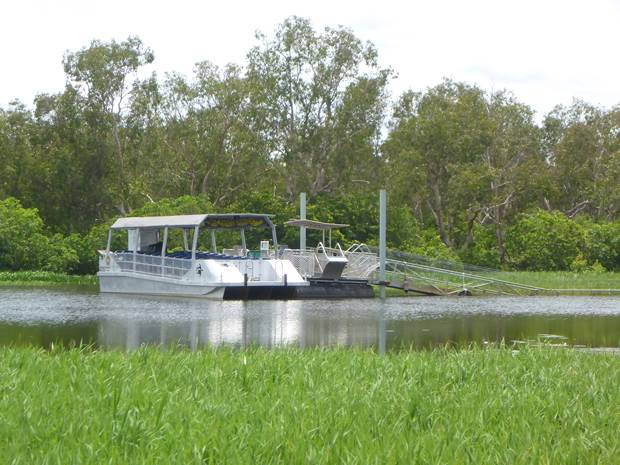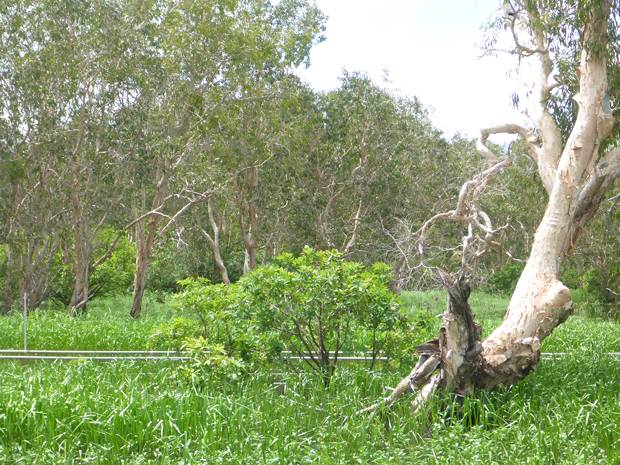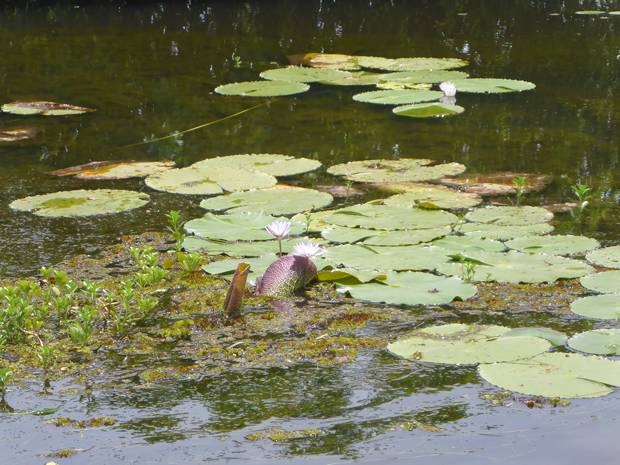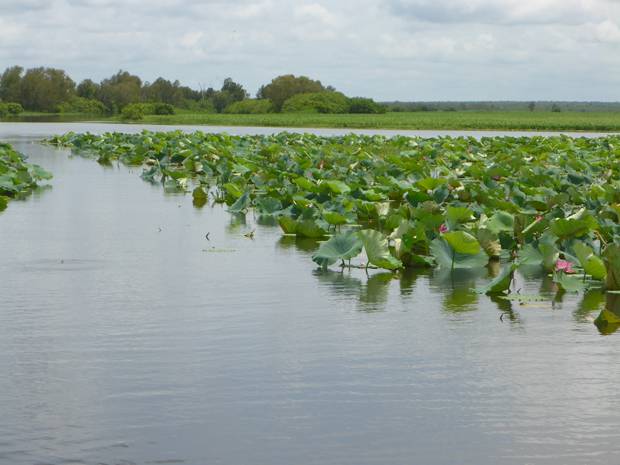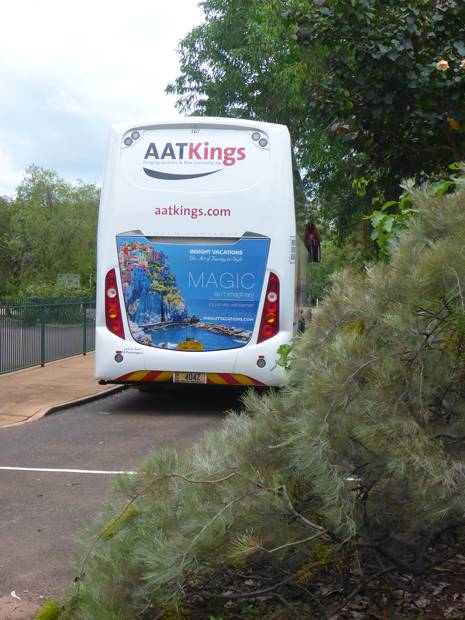Dennis' Wonderful Waterworld

|
Dennis’ Wonderful Wetlands In Kakadu National Park We were fortunate once again to have yet another intelligent and engaging driver/guide for our day of adventure to and around Kakadu, a World Heritage Site and Australia’s biggest National Park. Michael is an animal lover and was mortified every time we came across roadkill, “I just hate to see that,” as we passed a decomposing wallaby, “but it’s an inevitable part of our pace of living isn’t it guys, if we drive we sometimes kill.” It’s a long drive by English standards but a short one for Aussie’s, broken and shortened by Michael’s continuous interesting commentary. He mentioned the local marriage arrangements, around 16 skin types which are mixed completely over four generations of marriages keeping the blood lines healthy and referred to as Patrimoieties. Numerous crows were dining out on the roadkill and Michael mentioned how the crows in the area have taught the local kites how to eat dead cane toads from the tummy up and not through the back which is poisonous. “How does a crow on one side of the road warn his friend in the middle that there is a car coming around the bend?” Silent pause, “He yells, car car!” He deserved more laughter but I think it was still too early. There were lots of pretty mid brown and very shy ‘agile’ wallabies around too, “I used to have one as a pet and he was a good pet and loved buttered toast. Sometimes he would disappear for a few days then return and hop onto my bed as if to say, “Come on then get up, I have something to show you!”” The area just outside Darwin is home to a big mango and dragon fruit farming industry that exports far and wide and as we drove along the near empty highway passing the new Palmerston which was developed in the 1980’s, the planned satellite city of Darwin, Michael explained how the area still hosts visits from the military from all over the globe. Numerous trails we saw diverging from the sides of the highway and disappearing into the bush were sometimes the tracks leading to the homes of cattle and Asian swamp water buffalo farms as far as 150km further along them. A while back it was the Aborigines who stopped the slaughter of cattle and buffalo which the ranchers had started because of Brucellosis. We came across one of the remaining few pink skinned and placid buffalo (unlike their charcoal and aggressive counterparts in North America) when we stopped for a snack before entering the National Park. She was by herself in a small pen with a pool to languish in and welcomed some company and a stroke of her bristly nose. Today’s buffalo farms in north Australia vary in size from 30 or so to many thousands and both the animals and their products are exported to south east Asia and processed into foods such as the famous mozzarella for the home and global market. Soon we crossed the boundary into Kakadu and spent a few minutes absorbing the aboriginal way of life through the annual clock of the seasons you see in the photo and the flow of life through journeys and the passing down of sacred routes through their songs at the Warradjan Cultural centre. I cannot give you more detail here as photos were not allowed in the centre. We came to a junction in the road near Jabiru and Michael explained how uranium mining over the years has complicated the return of land title to the local Mirrar clan, the traditional custodians, by the Commonwealth Government. The issue is a controversial one and the elders have never accepted the pastoralism and mining enterprises in the area. “Terra nullius is the biggest lie on earth,” Michael explained with feeling. “At the same time title to our lands was returned in 1965 high grade uranium was discovered in the fledgling National Park. Just one shipping container would carry $100 million worth. So having been given back land titles by the Coomonwealth government the Federal Government started rescinding title over the uranium areas. There was much protesting but production went on with 10 elders on the management committee.” In 1981 almost all the mines except the Ranger Mine near Jabiru were closed and white farmers were moved off the growing National Park area. There is a plan to close the mine by 2021 when the lease runs out but as the town of Jabiru has grown up not only as a home for the mine workers but also a hub for tourism, National Park activities and more importantly a centre for the local clan residents which includes health care, schools and vital shops it is the survival of Jabiru itself that is in threat. High level talks with the Federal and Commonwealth governments and the mine lease holders ERA (Energy Resources of Australia, of which Rio Tinto is the majority shareholder) are on- going to put an end to the uncertainty. The elders recently turned down a $5 billion offer for land which contained gold lying over uranium of the purest kind so you can see that Kakadu is a controversial area where different groups are waiting like predators for the chance to make a fortune. Michael mused over the traditional reasons for fighting in the area, “Superstitions, sacred grounds and wives!” Once the people were healthy, respectful and family planning was part of the social structure. “We used to eat superfoods, the local tiny fig, the same size as a finger nail contains ten times more Vitamin C than an orange.” Just as we learned from Mulgun Wirrpanda with her fine paintings the locals were fit and healthy until white sugar and white flour arrived with the white men and survival of the traditional ways depends on resistance to the white man and isolation from him back on their own lands. We paused and looked at the now flooded road leading to Jabiru and I wondered what it would be like to visit the area in the dry season and see how the locals are getting on. Finally we arrived for our trip on the Yellow River Billabong with Dennis, another fulsome character “That’s Dennis with two nns because that’s how you spell Dennis.” The water level has another metre or so to rise and already the walkways through the wetlands are underwater. While the air temperature is so high the 1600 or so saltwater crocs in the area take a deep breath, reduce their heart beat to 3 per hour and sink to the billabong bottom and rest for up to 3 hours at a time around the hottest part of the day, so that kind of ruled out the possibility that we might see one. But there was plenty for us to see besides the bumpy snout and steely gaze of a crocodile. As we slid along the water towards the billabong and South Alligator River beyond we had to pass through a small channel. “Prepare yourselves ladies and gentlemen, we’re going in (to this small channel) and people on the outside may experience branches.” A comedic “Ooooh” came from some of us gathered. “Goomagen is our name for the fresh water crocodile which grows to 3 metres long, say Goomagen.” (my spelling) We all obliged. “Ginga is the much bigger salt water crocodile, say Ginga.” Again we obliged.. “The little Goomagen can escape from the Ginga by slipping between the Melaleuca paper bark trees. In the dry season Ginga sit on the walkways waiting for one of our creators, The Rainbow Serpent to come through. The Rainbow Serpent flies along the rivers, gorges, streams and creeks. He doesn’t like loud noises or crying, that’s what we were always told as kids, or it would take you away the old people would say.” A general tone of agreement and consent followed. “We’re going in between two paper bark Melaleucas at the end of this channel now.” In their uneven and peeling bark they towered above us raising our gaze as we emerged to see a goshawk circling and a group of black and white Magpie Geese gliding over the billabong ready to land. The area opened out to a vast area of lush shiny green floating reed and lilies, dotted with trees that withstand being partly submerged for half the year. In the branches of one a black cormorant stood, his wings outstretched, “He’s showing you the size of his last catch,” Dennis explained to the delight of the group. In the far distance were umbrella canopied kapok trees that stood above and behind the rest, the first we had seen since our journey on the Ecuadorian Amazon. The lily leaves are totally waterproof and “Women use them to line their ditty bags when they are carrying water from the creeks. Lily roots are really good bush tucker,” “Don’t they feed you in town?” One lady interjected as we watched pretty pink crested Jacanas step cautiously over the leaves, hence their other names of Lily Hoppers and Jesus Birds. (The males do all the incubation and rearing of the chicks and he tucks them under his wings when danger threatens and carries them away to safety. “40% of my diet still comes from the country, 40% from Woolworths and,” pause to allow for laughter, “20% from the Chinese in town.” We nudged the boat into a reedy area and let it sit on the bank for a few moments to take in the ambience then Dennis broke the temporary silence with, “Always think we might need to get some of the fellas up front to hop out and push at this point, not the ladies they’re too important in your tribes eh?” Some one-sided and higher pitched approval. “We used to get a lot of guanas but the cane toads sorted them out 15 years ago and these are fresh water mangroves, not mangoes, mangroves!” We passed a female snake necked Jabiru sunning herself on a branch and looking a little like a shag. He went on to explain that Kakadu is the cleanest National Park in the world. Feral animals including buffalo, cane toads and pigs are shot to preserve the original habitat. One third of the Australian bird species plus 10,000 species of insects and 300 species of fish live in the park. From the well-rounded figures I suspected a little more accuracy was needed. However I liked his description of the park as a diverse organ with a wild climate and the rigorous survival of so many species where genome gigantism exists amongst species of flora and fauna due to lack of predators and once sabre toothed tigers roamed. And alongside all of this humans thrived. The park bans guns, pets and traps and with the abundance of water and dedicated care of the clans the existence of Kakadu appears to be well set. For us it was time for a delicious buffet lunch at the lovely Cooinda Lodge just a short distance away on Michael’s coach before moving on to learn more about rock art.
|

